This blog is coming to you a bit earlier than it normally would. Actually, considerably earlier (like, I finished this on Sunday) because I leave in the morning for Chicago! Rachael and I, and a few of our friends from fencing club, are journeying north for their spring break because that's a sane thing to do in this snowmageddon season, right? Honestly, I'm pretty excited. I've never been to Chicago. We're gonna go to the Field Museum and the Shedd Aquarium and the Bean and eat some deep dish pizza!
But all that can be in next week's blog. Let's get on to this week's. From what I gathered last week, you all like when I have existential crises and am more introspective........noted.
Aannnnndddd, this week we're going to be topical.
Maybe it's been too long for this to still be a topic of interest; maybe it's too old hat. But hey, it's pervaded our culture and I think it's still interesting.
I am of course talking about that dress. You know, that one that people will say is blue but is depicted as white....
....
You know...
...
Haha, no I won't be talking about the blue/black, white/gold one....yet. I will, but give me a minute. I don't think enough people talk about Cinderella's dress discrepancies.
The main thing that spurred this thinking about Cinderella's dress was the upcoming 2015 movie (which I want to see, it looks fun. And it's got Lily James, Hayley Atwell, and Sophie McShera in it!). Honestly, one of the first thoughts I had when I saw the trailer was, "Holy cow, that is a very blue dress. Like, super blue. Incrediblue" Just look at it:
So I wondered if it was just me. Like, the scene where the fairy godmother magically changes Cinderella's dress to the fancy one is always the first scene to come to mind for me when 'Cinderella' is mentioned, and I always remember that dress as white. I had to get a second opinion:
Which I then showed to AB to get this reaction:
And back to discussing the very first image.
There are also a few oddball shots.
And speaking of the stagecoach: I feel like Cinderella's ensemble is the best argument for her dress being white/silver. Everything else is more or less white. She has white horses, a white carriage, even the coachman and footman's hair is white. It would make sense that they are supposed to match Cinderella's look, which is a sparkly-white dress with glass slippers. Everything's got that innocent white and elegant shimmer to it that are a way of symbolizing the ideals that Cinderella is portraying: Her kindness and goodness are what lead her to the magic of this night and the good things to come. It's not uncommon to use the color white as a symbol for purity.
Images 2 and 4 are the least fitting with what I've been saying here. Both appear more or less blue but there isn't much of a reason for them to be so. Maybe image 2 is blue because of the lighting, but in image 4 she seems to be in normal light yet her dress is still sort of blue. This is, however, the only instance I can find of that kind of thing happening.
So if the dress is really silver/white, why is it always depicted as blue? Is it because they focused on the romantic, dancing sequence where her dress appears blue? Is it because a lot of the more famous backgrounds from the movie are blue (like the scenes with the fairy godmother) and so a lot of people's memories are influenced by that color? Is it just because blue seemed like a better marketing color? I don't know. Do people think of her dress as blue because it's shown in all merchandising as blue or because they think it's blue in the movie? What do you all think? And more importantly, how do you generally remember Cinderella's dress? As blue? silver? white? I find all of this quite interesting.
But you may say, "Who cares if the dress is blue or white or silver or blood orange or red as the blood of angry men? Isn't the movie itself far more important than the color of Cinderella's dress?"
And you'd be incredibly right. The color of Cinderella's dress is not important to the narrative of the story.
However, perspective and perception and memory are very interesting concepts to me. I could probably write several different blog posts on the different ways they affect our daily lives, how they can change a story to be the reverse of what it was before, how they can be used to keep you from the truth and also present the truth to you. Ugh, just all the things man. Perspective is a wonderful topic.
But here I'll limit myself to talking about color, or I suppose more accurately, how we deal with perception differences.
Now on to the infamous blue/black, white/gold dress phenomenon. I'll admit, I see the dress as white and gold and I am wrong. I am also, according to a Buzzfeed poll, in the majority (68% to 32% when I last checked), and we are all still wrong. The dress in real life is in fact blue and black.
(See guys, I can admit when I'm wrong. Just assume if I'm not admitting I'm wrong, then I'm actually right and just accept it :P
But I will have you know that I got a score of 3 on this color test so :P)
Despite knowing that the dress is blue and black, I can only continue to see it as white and gold (and sometimes as pale blue/lavender and beige). I have never seen it as blue and black without manipulating the image.
(And oh boy did I manipulate the fire out of that image. I took it to a photo editor and played with the exposure and made it change colors back and forth, back and forth, back and forth. It was very fun)
Now, it could have something to do with the sensitivity of our eyes, but really, it's far more likely to be solely to do with how our brains process and perceive data. You guys have probably already read or seen explanations on why this photo in particular, with its awful white balance, is the way it is and does the things it does. I'm not really gonna get into the specifics, I'll just leave it with:
"It's actually hit a weird threshold between how different people understand the image. Some brains see the white in the image as the light color, making the darker color gold. Other brains see the image as washed out with no white at all so the dress is blue and black....
"This image is just really good at being between two different interpretations. Why some people see it one way and not the other could be the function of any number of things objectively. Like, I'm not okay with any of the proposed hypotheses because none of them have had any science done on them because we've known about this for like, 12 hours." -- Hank Green, Scishow
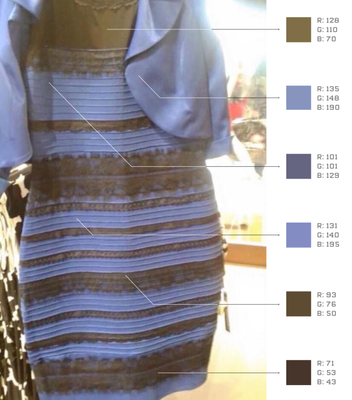
In truth I can argue that I and a small group of others are right and everyone else is wrong because the hexadecimal values of the photo colors show that the dress is light purple and brown/orange. Hardly anyone sees the image for what it actually is (or at least talks about it).
That in itself is kinda creepy yet weirdly beautiful.
For example, if you're watching a video of a lemon on your computer, you are not seeing the color yellow. The yellow is a lie. If you were to hold a lemon in real life and look at it with your own eyes, it would be real (570nm) yellow, or 'subtractively yellow.'
"[The lemon] absorbs all visible wavelengths of light except for yellow light, which it reflects onto my retina. But the screen that you are using to watch this video doesn't produce yellow light at all. In fact, it can only produce red, blue, or green light.......But [the lemon] still looks yellow because it's quite easy to lie to the brain.
Our retinas contain 3 different types of cone cells that are receptive to color, and each one is best suited to detect a certain color: one is great for blue, the other is great for green, and the third is great for red. Notice that there is not an individual cell looking for yellow [or any other color]. So, the way we actually see yellow happens like this: The wave length of yellow light falls between the wavelengths of red and green, and so when an object reflects yellow light onto your retina, both the green and the red cones are slightly activated, which your brain notices and says 'well, that's what happens when something's yellow so it must be yellow.' All a computer monitor...has to do to make you think you're seeing yellow is send a little bit of red and a little bit of green light at you. As long as the pixels and the little subpixels on them are small enough that you can't distinguish them individually, you're brain will just say 'well, I'm receiving some red and some green. That's what yellow things do. Hmm, it must be yellow.' Even though it actually is not"
-- Michael Stevens, This is Not Yellow
Which is where I'll bring Cinderella's dress back in. Brains are wired to perceive the original colors underneath a lighting change rather than the color that the eyes are actually seeing. Every day, our brains are making trillions of subconscious decisions on how to understand the world around us, and generally everyone perceives the world in the same way, or at least can verbally agree on what they are seeing. The blue/black dress is an exception. And maybe so is Cinderella's dress with Anna Beth and myself. I believe Cinderella's animators and illustrators were using how we've come to understand light in their art. Her dress is white, but depending on the light, white can actually look any number of colors including blue when it's in a dim area or orange when placed next to a sunset. And truthfully, when I first saw the blue/black dress, I thought it was a white and gold dress that was cast in a shadow rather than a horribly blow out picture of a blue dress which I now understand it to be.
We can use these principles to understand the following illusion:
With the color bridge, you can see that they are the same color. Cover it up with a finger and the colors will start to revert back to the way you originally saw them: with one darker than the other.
Here the cylinder is supposed to be casting a shadow on the B square. The shadow combined with the fact that it is surrounded by dark (in this base much darker) squares tricks the brain into seeing B as a lighter color than it actually is. You can read more about this illusion and how it works here.
The best takeaway to me is, "As with many so-called illusions, this effect really demonstrates the success rather than the failure of the visual system. The visual system is not very good at being a physical light meter, but that is not its purpose. The important task is to break the image information down into meaningful components, and thereby perceive the nature of the objects in view."
But let's go even deeper.
Color itself is an illusion. It simply does not exist beyond us. It is created in our minds and so cannot really be shared person to person. Yes, wavelengths can be measured but does that really say anything about what color looks like? It is entirely possible that we are all having different internal experiences that we have learned to call by the same names. It's the philosophical question everyone loves: Is your red the same as my red? But we can't know. In terms of perception, we are all alone in our own minds.
"Let's say I met an alien from a far away solar system who, lucky enough, could speak English but had never, and could never, feel pain. I could explain to the alien that pain is sent through A-delta and C fibers to the spinal cord. The alien could learn every single cell and pathway and process and chemical involved in the feeling of pain. The alien could pass a Biology exam about pain and believe that pain to us generally is a bad thing. But no matter how much they learned, the alien would never actually feel pain. Philosophers call these ineffable, raw feelings Qualia. And our inability to connect physical phenomenon to these raw feelings, our inability to explain and share our own internal qualia is known as the explanatory gap. This gap is confronted when describing color to someone who has been blind their entire life...
...Some philosophers, like Daniel Dennet, argue that qualia may be private and ineffable simply because of a failure of our own language, not because they are necessarily always going to be impossible to share. There may be an alien race that communicates in a language that causes colors to appear in your brain without your retina having to be involved at all. Or without you having to have ever needed to see the color yourself. Perhaps, even in English, he says, given millions and billions of words used in just the right way, it may be possible to adequately describe a color such that a blind person could see it for the first time. Or you could figure out, once-and-for-all, [whether you and your friend are in fact seeing the same red]. But for now it remains the case that we have no way of knowing if my red is the same as your red. Maybe one day our language will allow us to share and find out. Or maybe it never will. I know it's frustrating to not have an answer, but the mere fact that you guys can ask me about my internal experiences and the mere fact that I can ask my friends and we can all collectively wonder at the concept of qualia is quite incredible and also quite human....
....So, we are all alone with our perception. We are alone in our own minds. We can both agree that chocolate tastes good, but I cannot climb into your consciousness and experience what chocolate tastes like to you. I can never know if my red looks the same as your red. But I can ask."
-- Michael Stevens, Is Your Red the Same as My Red?
Yeah, all of that stuff before? Meh. This is what I was most interested in talking about. And now I feel like I've taken up too much of your time. The brilliant notion that we can communicate with each other on what we are perceiving. We may not always understand one other, but that doesn't mean we can't try. I love when a piece of writing can give me such an emotional reaction that it feels physical, that I literally feel it in my gut or in my chest.
And this also leads back to dressgate 2k15. The fact that the biggest chatter online about the dress was because people were choosing sides. They were flabbergasted that someone could possibly have a different worldview than themselves over something as simple as a dress color. That people perceived the world differently. But really that's something to be fascinated by isn't it? A topic for discussion. A way to see and learn new things.
Anyway,
Perception is powerful but it's also fallible.
One of the funnier things to me about the dress was how much it messed with everyone's heads. Like, I'm just sitting over here, knowing what I'm seeing isn't the whole truth and it didn't really bother me. I knew the truth, just because I wasn't seeing it, just because I was seeing something different from my parents and my friends, it didn't bother me all that much. I just got to sit back and enjoy the influx of memes. Because sometimes people's perceptions seem true to them and sometimes they are. Sometimes there are experiences where we just need to try and understand one another.
There's a story about a teacher that holds up a book for his class to see. The cover that they see is black, because it is. He asks them what color the book is and they tell him. He says no, it's red. And they argue back and forth and things get heated before he turns the book around and shows them the back cover, the one he had been seeing. And it's red. He tells them to pause and considers the way others see the world before passing judgment.
The students see the book as black, the teacher as red. In this case the book is both. In dressgate, I saw the dress as white and gold, others saw it as blue and black. The colors I saw in my head were my interpretation of the world. Based solely on the photo they weren't really wrong per se. But that didn't change the fact that in person the dress was really blue and black. How we perceive color may be an illusion, but the wavelengths of light being reflected off the dress do have a measureable value. There is an underlying truth that I can't see, but I do know it's there.
Sorry, I'll stop now. Sometimes I get carried away when thinking about these kinds of these because it's just so fun. Anyway, so long from this week.
Best Wishes,
Jill

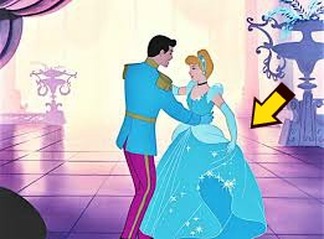
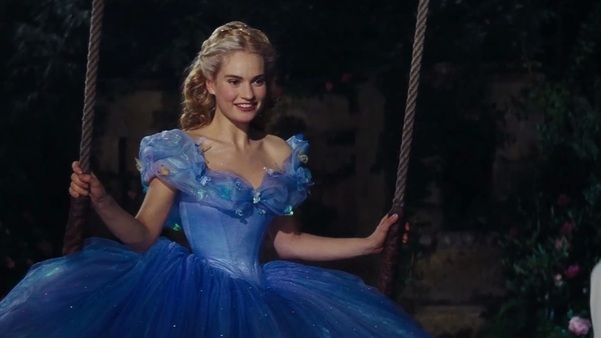
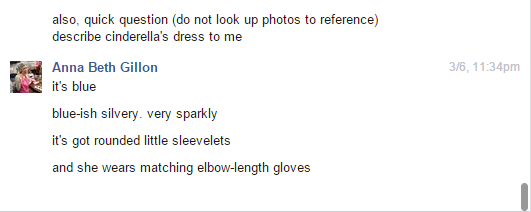
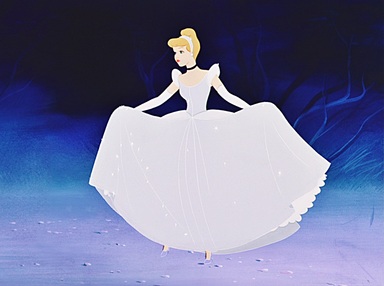

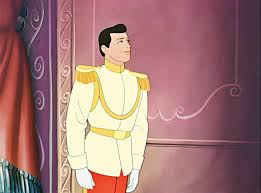
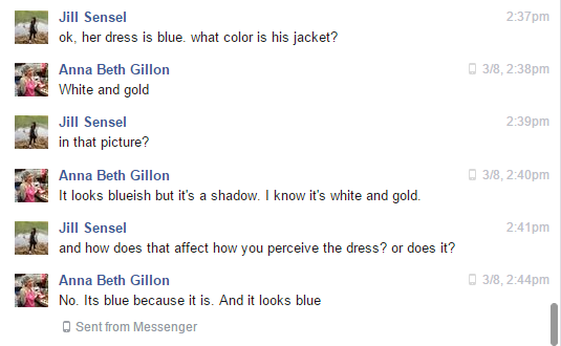
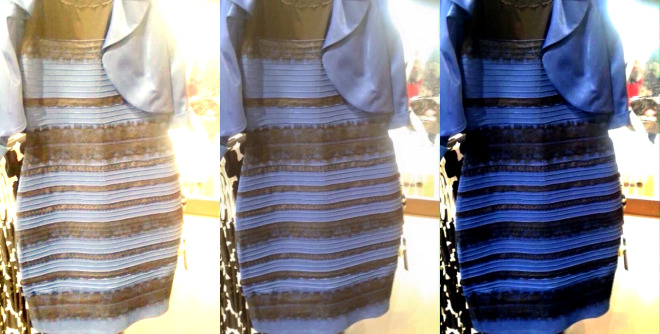
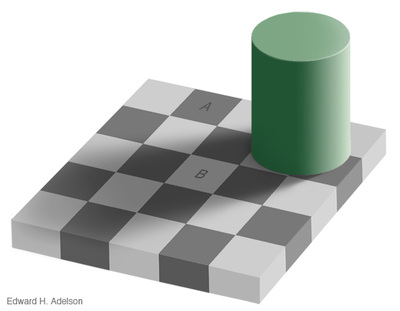
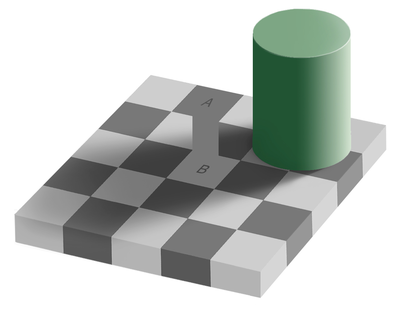
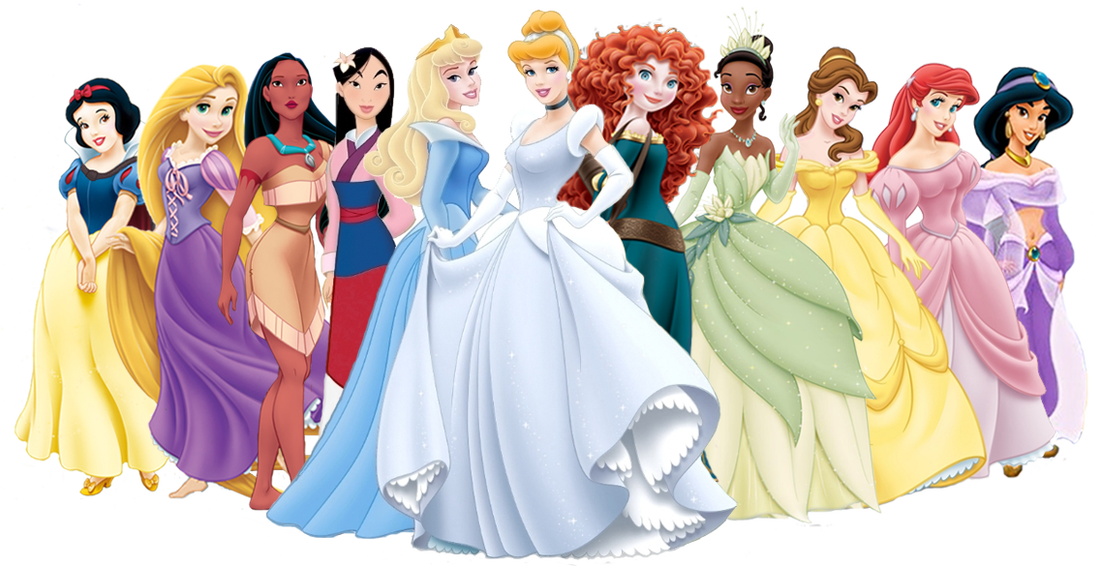
 RSS Feed
RSS Feed
